3 Barriers Keeping the Disabled from Church
Several years ago, my commute to work involved traveling through an area that was susceptible to heavy fog. This fog was thick enough to reduce visibility to a minimum. While the road remained open, it was not accessible.
Similarly, churches today can create the same type of experience for those who are disabled. They are open to all, yet they are not accessible to those with disabilities.
While there are the obvious barriers to accessibility like building structure and communication, there are three barriers we often overlook when considering the accessibility of our churches.
Theological Barriers
A theological barrier finds its roots in a lack of biblical understanding as it relates to disabilities and disability issues. This barrier is evident when church members have not been exposed to biblical teaching that touches on disability concerns.
One example of where this type of barrier has been silently erected is in the discussion on human beings as image bearers. Typically, lessons or sermons on this topic focus on the meaning of the imago Dei and its implications.
To this end, a pastor may assert that the image of God is tied to the relational qualities that human beings possess without considering what that means for a person with severe autism who lacks any deep and meaningful relationships in his or her life.
The same challenge exists when presenting the imago Dei as either substantive or functional. How does a functional view of the image of God impact our understanding of a person who has limited physical ability and must depend on another to accomplish the routine human functions of life? What are we to make of the image of God and disabilities if we tie the imago Dei to an individual’s ability to think and reason in an intelligent manner?
When we don’t adequately consider or avoid these theological issues, it leaves the family of a disabled individual to wonder, “Just how welcome are we here?”
Body-Life Barriers
A second overlooked barrier is a body-life barrier. This barrier focuses on specific practices that would hinder a person with a disability from participating in the full body-life of the church.
The programmatic structure of a church can be a body-life barrier. How should a church minister to the middle-school boy whose mental age would put him in a third-grade class? Will the youth pastor shepherd him like the other middle-school boys? Does he participate with the middle-school group or the third-grade group on a Sunday morning?
A body-life barrier can also surface when it comes to service opportunities. Is an individual with a disability given the same ministry opportunities as any other church member? Does the presence of a wheelchair prevent one from serving on the praise team, being an usher, or a greeter? Too often, the visible ministry positions are not filled by those whose disability is equally as evident.
A third area where a body-life barrier surfaces is concerning baptism and the Lord’s Supper. Disability accommodations should be part of the planning and preparation that goes into these two ordinances.
Will the person who has been diagnosed with Celiac’s disease be given a gluten-free option? Will she have to abstain from participating in communion?
How will a church handle a baptism of a young adult whose physical impairments prevent him from getting in and out of the baptismal tank?
When we appropriately address these body-life barriers, it signals to the individual with a disability that the church has desired their full fellowship from the very beginning.
Leadership Barriers
Finally, church leadership can themselves be an overlooked barrier to an accessible church. A disability-effective pastor creates a disability-accessible church. A climate of exclusion or indifference develops when we leave disability concerns solely to parents and other church members.
Without the visible support of the pastoral staff, a disability ministry will struggle to gain traction in the church. A pastor who addresses disability concerns as they surface in Scripture intentionally includes the disabled in his circle of influence. They seek opportunities to serve those who are disabled, which creates an attitude of inclusion within the church.
In doing these things, he champions the cause of the disabled for both the congregation and the community to see.
A disability-friendly church is driven by a mission and vision to be open and accessible to all people, regardless of their disability. It is a church that recognizes and responds to these often overlooked barriers by removing the ecclesiastical fog that blocks the road into their community of faith.
With these barriers removed, there is maximum visibility of the grace God has extended to all through Jesus Christ.
Chris Hulshof serves as a Board Member for The Banquet Network and is also an associate professor and department chair for Liberty University’s School of Divinity where he teaches Old Testament Survey, Inductive Bible Study, and a Theology of Suffering and Disability. For more stories like this one, go to our blog page, or click to connect, learn or donate to the mission of The Banquet Network.
This blog was originally published on Aug 31, 2018 on Lifeway Research’s Blog.
